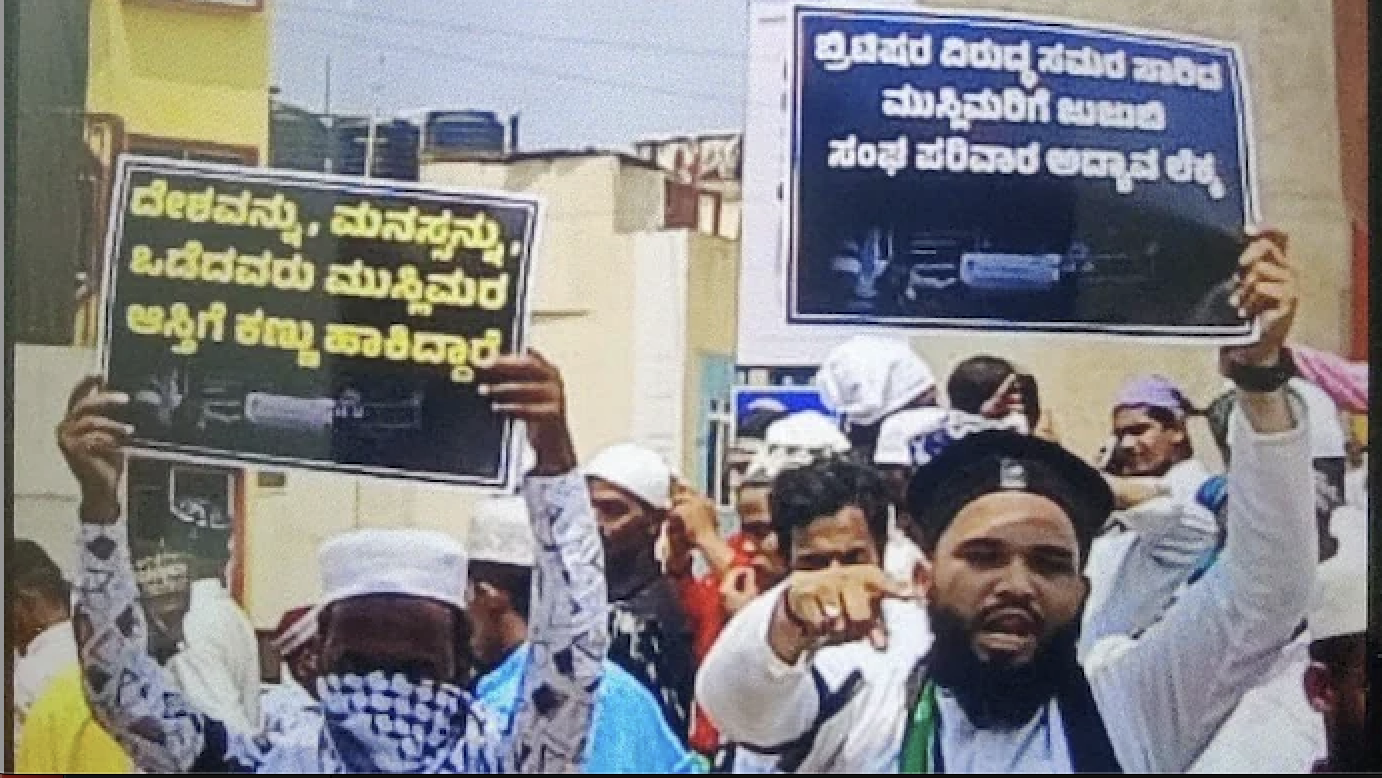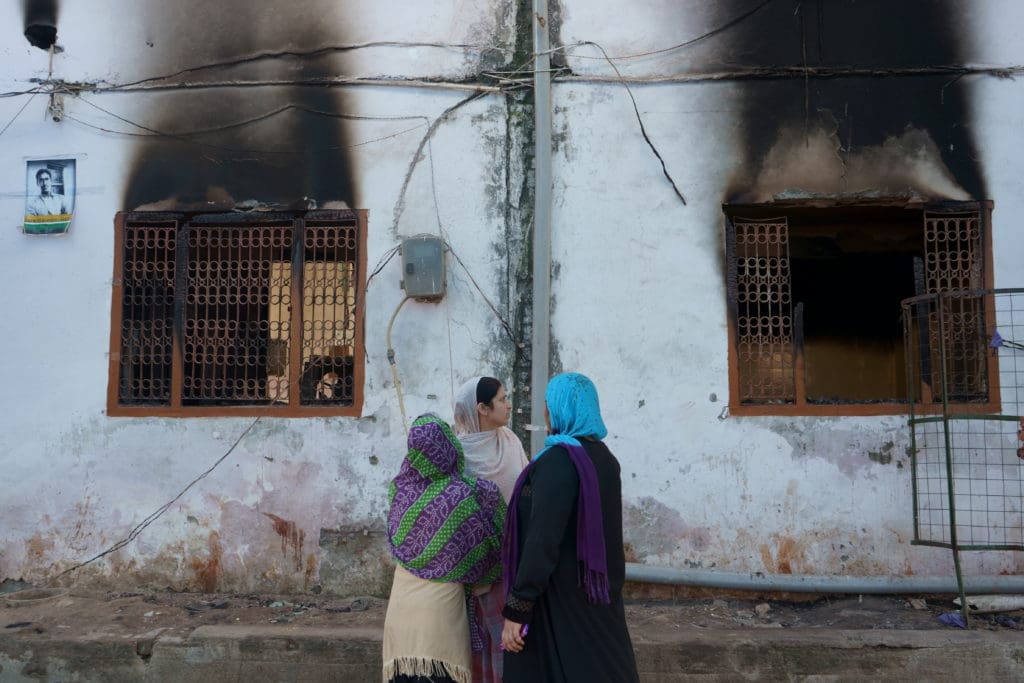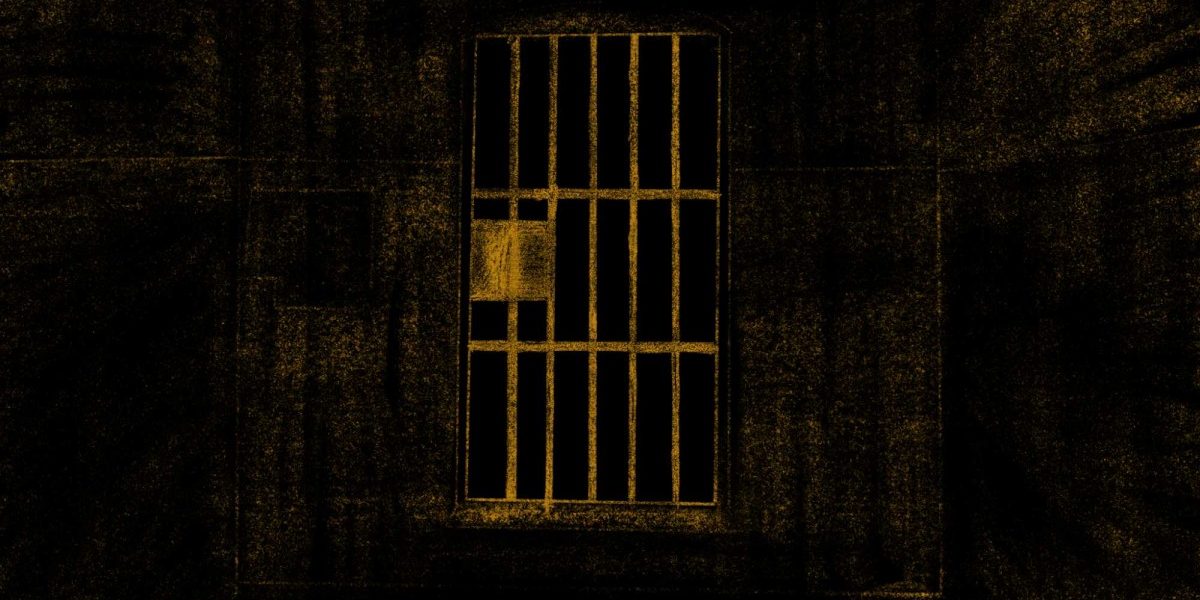
By Ashirbad Mishra and Rajesh Venkatasubramanian
Odisha’s recent simultaneous general election results have drawn significant attention, with the Bharatiya Janata Party winning an astounding 20 out of 21 Lok Sabha seats and securing a majority in the state assembly for the first time in history. While many attribute the Biju Janata Dal’s defeat, ending its 24-year rule, to the “Pandian effect,” other analyses point to factors such as anti-incumbency, the declining health of Patnaik, and the “Modi effect”.
However, the deep-entrenched and ever-growing Rashtriya Swayamsevak Sangh (RSS) organisation and its profound influence in Odisha’s political landscape have largely gone unnoticed. The recent spurt in academic scholarship has pointed to the multifarious forms and factors contributing to the expansion of Hindutva and its contemporary manifestation (often called neo-Hindutva) in various regions of the country.
The Hindutva ideological project, bolstered by the extensive RSS network in Odisha through the Saraswati Shishu Vidya Mandir (SSVM) school chain and the accompanying infrastructure, has brought about a significant and enduring shift in the state’s politics. It is not a coincidence that the new chief minister, Mohan Charan Majhi, began his career as a teacher in the same school chain and attended an RSS event within days of taking his oath.
The educational wing of the RSS, known as Vidya Bharati, operates a vast network of schools across India through its state units. Estimates suggest that, as of 2023, there are around 12,754 formal schools within this chain, educating approximately 3,292,896 students. In addition, more than 12,000 informal schools are run under the same structure. These institutions offer education from kindergarten to higher secondary levels, with some even providing undergraduate studies. The medium of instruction varies by state, with some schools following the English-medium CBSE curriculum and the majority using vernacular languages affiliated with state boards.
This story was originally published in thewire.in. Read the full story here.





